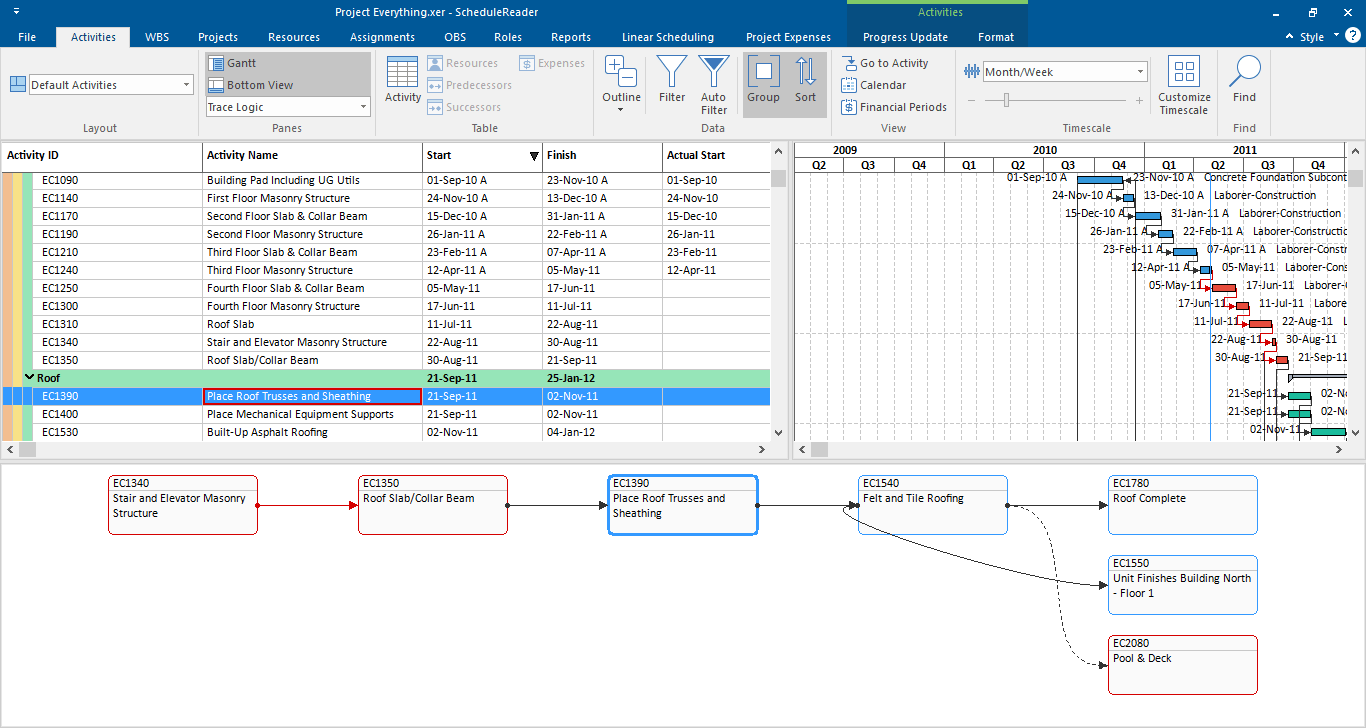The coronavirus (COVID-19) has struck a massive blow to the world economy and global markets. As it spreads around the globe, it causes various disruptions to manufacturing materials, procurement and supply chains, and the workforce in general, which negatively affects projects and schedules.
Many industries have felt the consequences and the construction industry has not been spared either.
Preventive measures are implemented everywhere to contain the spread. We are witnessing countries temporarily closing borders and reducing all business, trade, and travel activities.
Non-essential construction activities are also put on pause to ensure the health, safety, and well-being of construction workers, while many projects and contracts have been put under review, delayed, or postponed indefinitely.
Where construction continues, only key personnel remains on-site, under instructions to follow enhanced safety health protocols.
The reduced manpower and various disruptions to different material supply chains are among the main causes of schedule delays.
While social distancing has proven to be the most effective preventive measure, governments recommend and encourage companies to apply remote working where possible.
Although the workforce of the heavy industries, including construction is mainly composed of 90% field employees, we can see companies encourage work-from-home for all staff who can be productive off-site.
One of the most important things construction contractors, owners, and key project stakeholders need to consider in these times of global health crisis is to continue managing the schedule and clearly evaluate and communicate the impact of the project delays.
Access and Communicate the Schedule and Project Impact
Efficient communication across owners, general contractors, suppliers, and subcontractors is now needed more than ever to keep projects going.
While temporarily working from home, project schedulers, project controls, and contractors can find that using a versatile that allows users to view and analyze schedule data, such as ScheduleReader provides immense value.
ScheduleReader is a standalone application that works without connecting to any database and allows you to visualize and analyze project data from XER, XML, and XLS schedules exported from P6®.

By using Schedule Reader one can easily:
- Identify and track the Critical Path and Driving Activities
- Compare project Baselines and identify project delays
- Perform Earned Value Analysis and identify cost overruns
- Quickly see all upcoming activities using Lookahead filters
- Clearly communicate business-critical schedule information with Graphical Reports
- Get the actual activity progress status from team members on-site through the Progress Update
Identifying all events that are causing a delay to the schedule is critical to successfully mitigate the negative consequences, conduct different analyses and take immediate actions to keep the project on track.
Schedules should be kept up to date with the latest information as the project progresses, and it is also imperative to make sure the updated schedule and the delay impacts are clearly communicated with and agreed upon by all project stakeholders.
Look Beyond the Crisis
While there are certainly many variables in play, project controls, and planning professionals play a big part in assessing the pandemic impact to project costs, claims, scope, and time.
With many construction sites on lockdown and projects slowed down, project professionals working remotely can make the most of their time and start preparing for the time ahead.
Different events impacting the project should be documented and analyzed. Project contracts and force majeure clauses should be reviewed and all contractual implications should be revised when planning further actions.
Schedules should be continuously managed, and key stakeholders should be kept informed of current project development and future plans.
As the curve reaches its peak and begins to decline and flattens, discussions about loosening construction project shutdown orders are more common. We look forward to the next few months where we anticipate to see the first positive signs of the economy and the Construction industry recovering.

